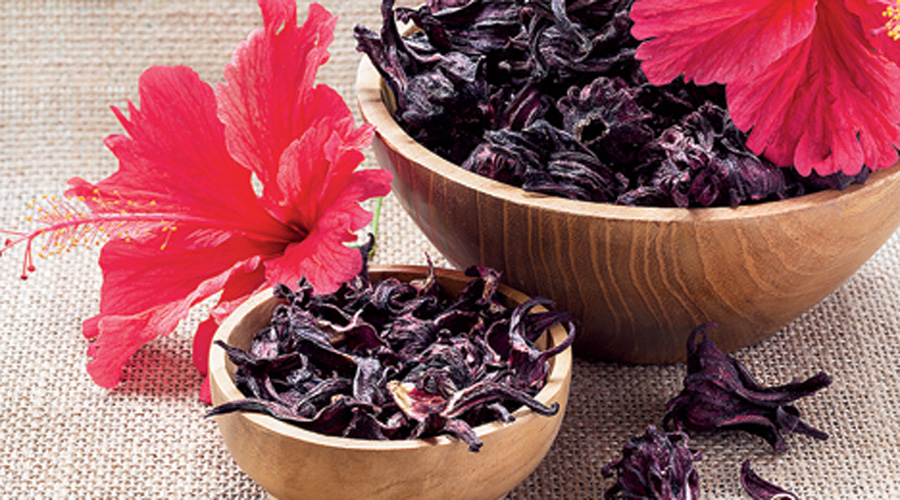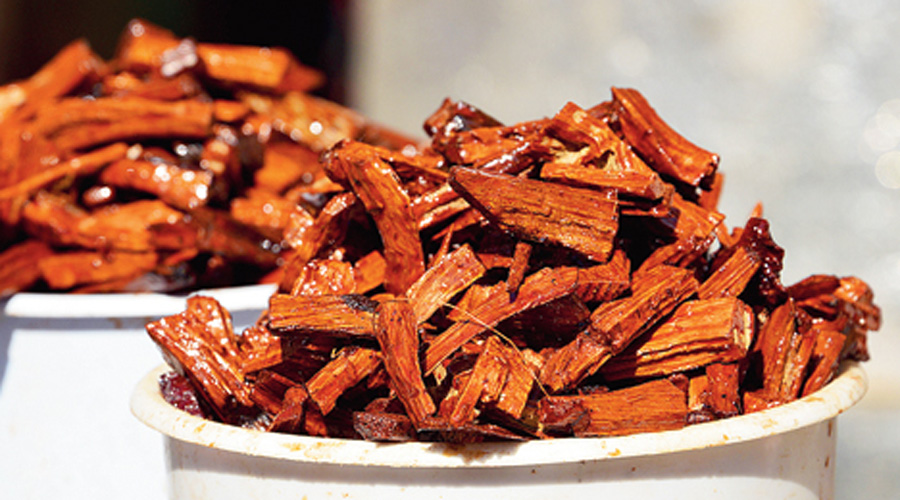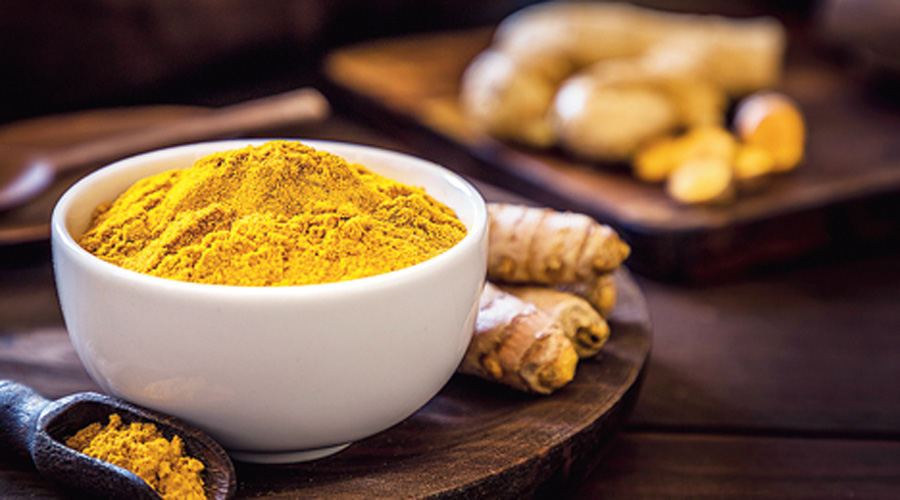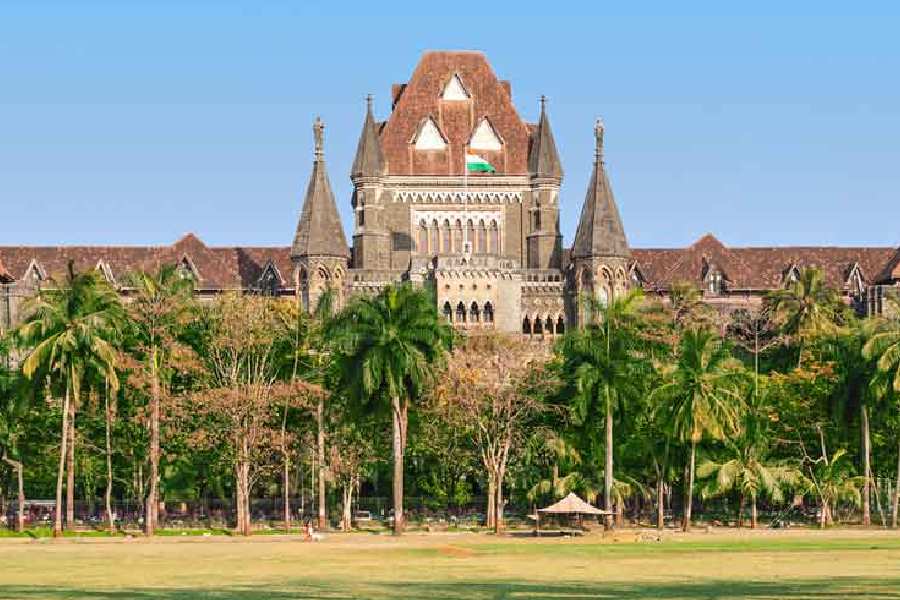As warmth spreads through winter’s chilly limbs and loosens out her sullen, sombre hold on us, cheeky, cheerful spring unfurls in all her colourful blossoming splendour, bringing with her the promise of fun, celebration and the festival of Holi!
In days gone by, vegetable, leaves, flowers and barks of trees were used to make gulal and coloured water. This had the double benefit of creating colours and because of the inherent medicinal properties of plants and flowers protecting the celebrant from the change-of-weather viruses that abounded.
So, in keeping with the spirit of Holi, forgiveness and the repairing of broken relationships it espouses, let’s heal ours with nature by appeasing her for the ways we have taken undue advantage of her. Celebrating Holi in the sustainable way it was in the days of yore would be the perfect way to do this.

Priscilla Corner
Thinner crowds will allow for more intimate gatherings in which festivities can be had with respectful gusto, while honouring the ecological systems that have made possible, this far, the uninterrupted arrival of spring in all her resplendent glory!
Here’s taking a look at the natural ways of making gulal and pichkari colours.

Red hibiscus. Sourced by the correspondent
Red Hibiscus
Create a delightful red Holi gulal by drying hibiscus petals, then grinding them into a powder and mixing the hibiscus flowers with cornstarch.
Beauty note: The hibiscus flower benefits both skin and hair. It stimulates hair growth, makes hair smooth and frizz-free when used as a paste, could prevent alopecia and, mixed with regular hair oil, could stop premature greying.

Red sandalwood. Sourced by the correspondent
Red sandalwood
Powdered red sandalwood mixed with lime slate gives a deep red colour. This can be mixed with cornstarch for a red gulal effect or with water to fill up a pichkari.
Beauty note: It may be used for treating all kinds of rashes, itching and acne, as well as digestive tract problems, fluid retention and cough. Some companies use it as a flavouring ingredient in alcohol and food.

Turmeric. Sourced by the correspondent
Turmeric Yellow
Mix two teaspoons of turmeric powder with double the quantity of besan to make a delightful yellow gulal.
Beauty note: This mix makes for an excellent mask for brightening the skin. Turmeric is also a powerful antioxidant and digestive aid.

Henna. Sourced by the correspondent
Leaf green
Grind dried henna and mint leaves or neem leaves and mix with cornstarch in a 1:2 proportion. The leaves can also be made into a pichkari solution by soaking them in water.
Beauty note: Mint leaves make for excellent astringent and neem leaves carry antibacterial qualities that can help with dandruff and heat sores.

Orange marigold. Sourced by the correspondent
MARIGOLD ORANGE
Orange marigold leaves dried and ground into a powder can be mixed with cornstarch in a 1:2 proportion.
Mixing lime with turmeric also results in a deep orange. Add water to it or besan flour to arrive at either a watery or powdery texture.
Beauty note: Marigold has antibacterial and anti-inflammatory properties, as well as it is a strong antiseptic agent and is a very effective astringent that stimulates collagen production.
TEA LEAF BROWN
Dried tea leaves offer a source of brown-coloured water.
Beauty note: Brown tea leaves are excellent for adding verve and colour to the hair.

Beetroot. Sourced by the correspondent
BEETROOT MAGENTA
Slice or grate one beetroot and soak in a litre of water. Boil or leave overnight for a deeper shade.
Beauty note: This concoction lends a lovely shade of wine to the hair and is good for scalp health.
Have a colourful blast and keep all the gulal and concoctions you have so painstakingly and conscientiously prepared. Each of them can be used as a beauty aid later.
Priscilla Corner is a senior hairstylist with the UK Hair Council and co-owner of the June Tomkyns chain of salons. She can be reached at @junetomkynshair on Twitter and @priscilla_corner on Instagram











